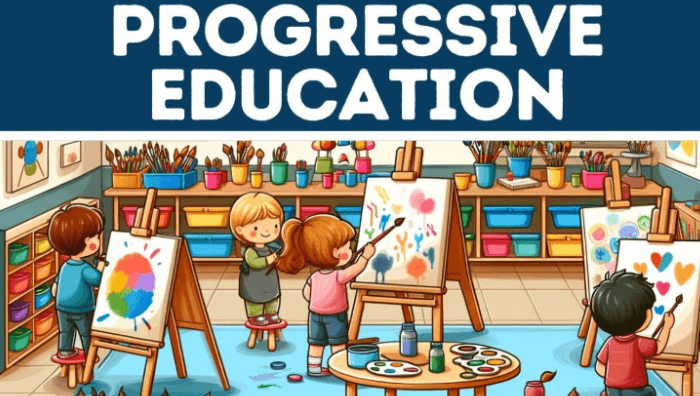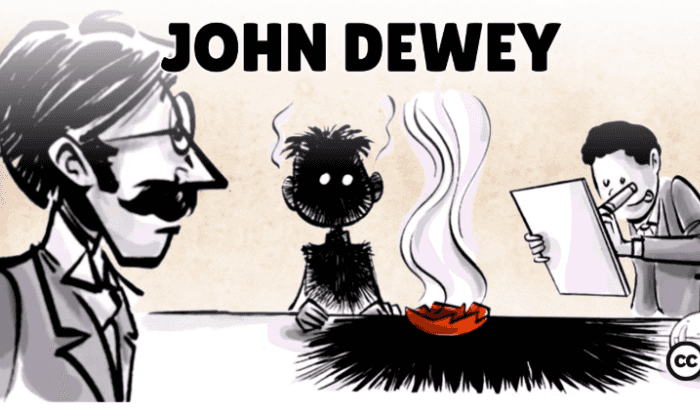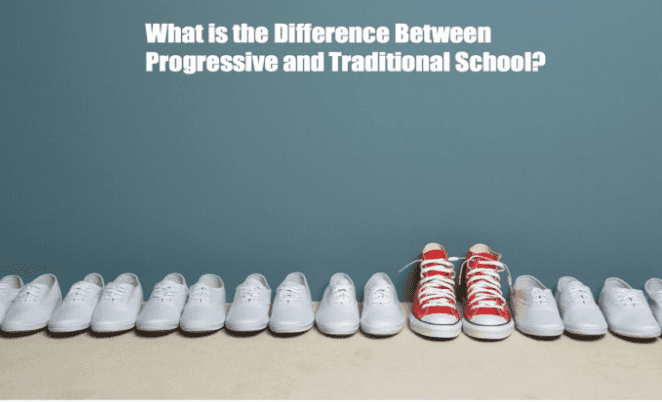
American summer tour! Wooclap will be at InstructureCon 2025
Come say hi at booth 41 from July 22nd to July 24th in Spokane, Washington
What is Progressive Learning?
📌 Progressive learning is an educational approach that centers students in the learning process, highlighting experiential activities, critical thinking development, and responsiveness to individual needs. Unlike traditional education's focus on passive knowledge transmission, progressive learning encourages students to actively build understanding through hands-on projects, collaborative work, and real-world problem-solving[1][2]. Image a classroom where children design and construct a garden while learning mathematics, science, and communication skills—all directed by their own questions rather than textbook chapters.
🏛️ HISTORICAL DEVELOPMENT: This educational philosophy arose in the late 19th century as a reaction to traditional education's rigid methods, gathering significant momentum in the early 20th century through pioneers like John Dewey and Francis Parker[2][3][4]. Dewey's founding of the University of Chicago Laboratory School in 1896 and the creation of the Progressive Education Association in 1919 represented milestone events in the movement's development[5]. Progressive approaches achieved peak influence during the 1920s-1930s, and while their prominence varied through subsequent decades, their principles have consistently shaped educational innovation[6].
🧠 CORE PRINCIPLES AND PRACTICE: Progressive learning centers on educating the "whole child"—intellectually, emotionally, socially, and physically[1]. Teachers serve as facilitators rather than authority figures, establishing responsive environments where students cultivate autonomy and social responsibility[7][8]. Assessment transforms from standardized testing to demonstrations of learning via projects, portfolios, and substantive feedback[2][9]. This approach flourishes in adaptable environments featuring activity centers, collaborative spaces, and access to diverse resources, whether in specialized institutions like Montessori schools or within modified public education settings[10][11][12].
🔮 MODERN RELEVANCE: Progressive learning tackles several limitations of traditional education by preparing students for contemporary challenges requiring adaptability, creativity and collaboration[13][14]. Research shows specific benefits for visual and kinesthetic learners, diverse student populations, and early childhood education[15][16][17]. By emphasizing the development of critical thinking alongside social-emotional skills, this approach prepares learners to address complex problems in a rapidly changing world[13][18]. While implementation challenges exist, progressive education's focus on meaningful engagement and personalized learning continues to influence modern educational practice across various settings[19][20].
Sources —
[1] https://www.britannica.com/topic/progressive-education
[2] https://en.wikipedia.org/wiki/Progressive_education
[3] http://www.encyclopedia.chicagohistory.org/pages/1012.html
[4] https://www.hanahauoli.org/pdc-blogposts/2024/progressiveed101
[5] https://www.britannica.com/topic/education/Progressive-education
[6] https://www.sparxservices.org/blog/progressivism-in-educational-philosophy
[7] https://school.bankstreet.edu/about/our-approach/progressive-education-rooted-in-tradition/
[8] https://soeonline.american.edu/blog/traditional-vs-progressive-education/
[10] https://www.bakerdemschool.org/about/progressive-education/
[11] https://www.prometheanworld.com/resource-center/blogs/seven-methods-of-classroom-differentiation/
[12] https://kstatelibraries.pressbooks.pub/dellaperezproject/chapter/chapter-5-progressivism/
[13] https://www.tcsatl.org/resources/5-benefits-of-a-progressive-education/
[14] https://www.visst.ca/blog/progressive-vs-rigorous-education
[15] https://www.aseds.org/news-detail?pk=1388936
[16] https://ed-rev.org/insights/what-is-progressive-education-and-why-is-it-critically-needed/
[18] https://www.youngwonks.com/blog/What-is-Progressive-Education
A monthly summary of our product updates and our latest published content, directly in your inbox.



